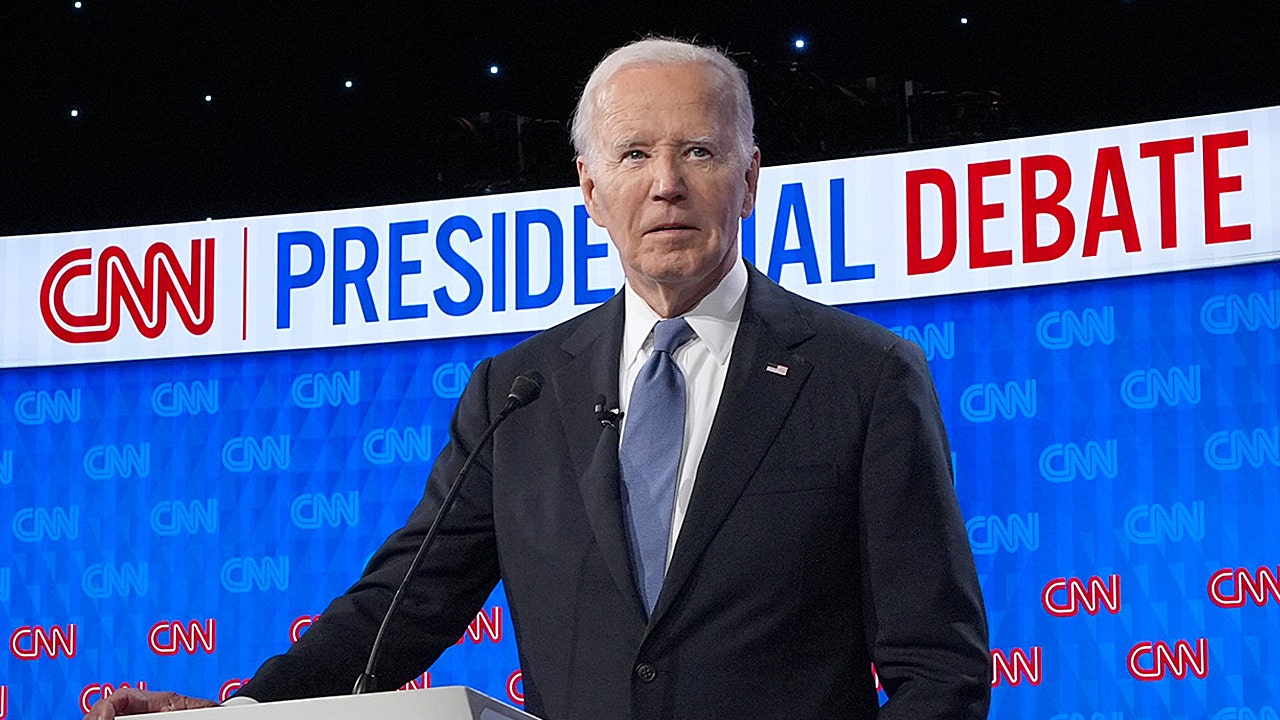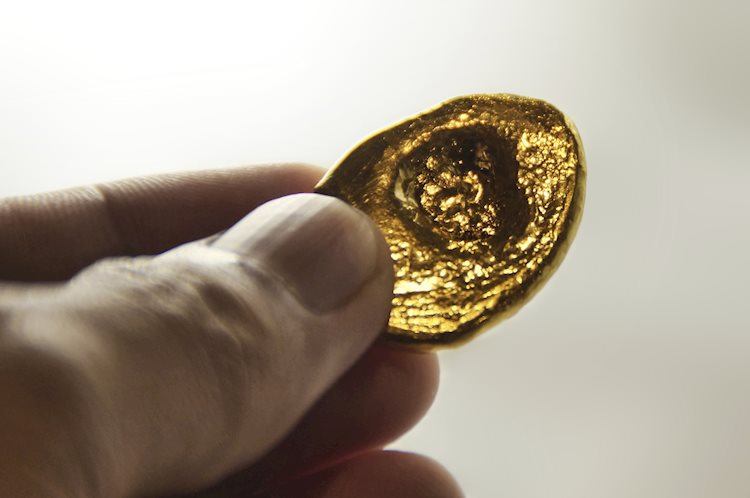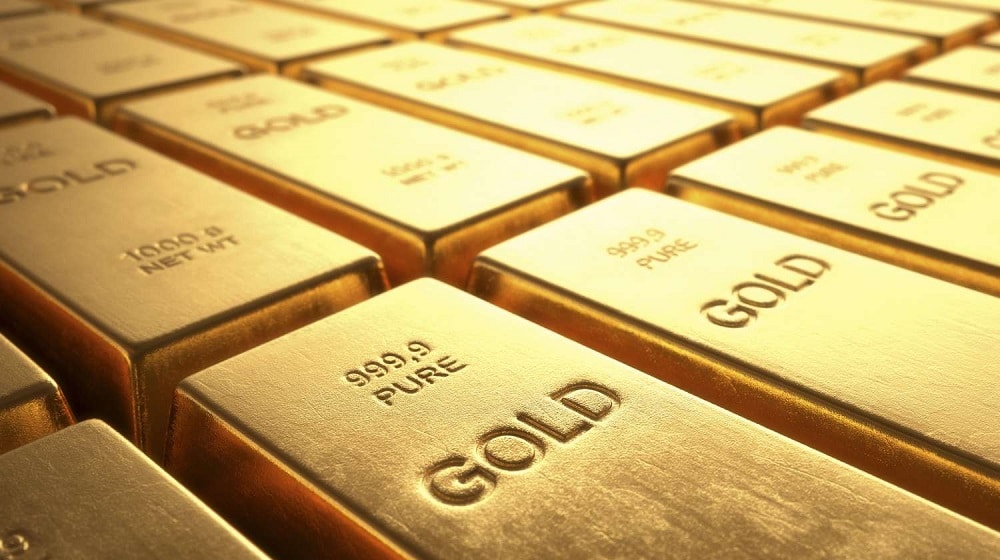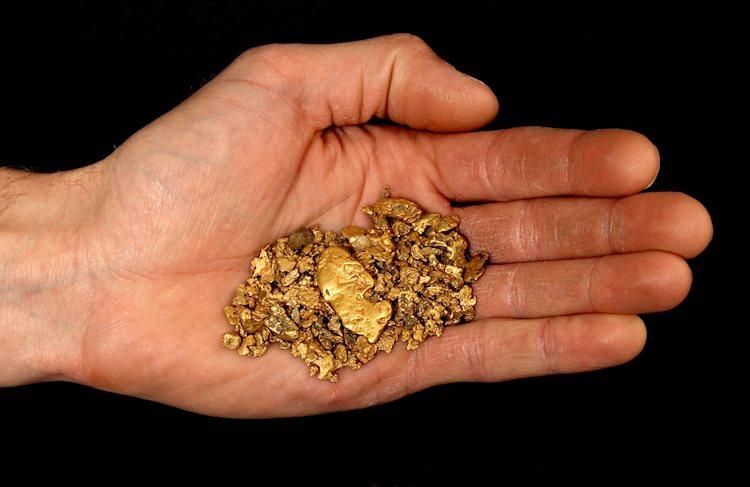Most recent article: India Gold price today: Gold steadies, according to FXStreet data
Gold prices rose in India on Thursday, according to data compiled by FXStreet.
The price for Gold stood at 6,294.29 Indian Rupees (INR) per gram, up compared with the INR 6,257.45 it cost on Wednesday.
The price for Gold increased to INR 73,415.39 per tola from INR 72,985.62 per tola a day earlier.
| Unit measure | Gold Price in INR |
|---|---|
| 1 Gram | 6,294.29 |
| 10 Grams | 62,942.92 |
| Tola | 73,415.39 |
| Troy Ounce | 195,776.20 |
FXStreet calculates Gold prices in India by adapting international prices (USD/INR) to the local currency and measurement units. Prices are updated daily based on the market rates taken at the time of publication. Prices are just for reference and local rates could diverge slightly.
Global Market Movers: Comex Gold price sits at weekly highs even as USD bounces
- The uncertainty over the likely timing of when the Federal Reserve will start cutting interest rates keeps traders on the sidelines and leads to subdued range-bound price action around the Gold price.
- The Fed projected only one interest rate cut this year as compared to three projected in March, which acts as a tailwind for the US Treasury bond yields and caps the upside for the non-yielding yellow metal.
- The US Retail Sales data released on Tuesday pointed to lackluster economic activity, which, along with weaker US consumer and producer prices, should allow the Fed to ease monetary policy soon.
- The current market pricing indicates a greater chance of the first rate cut in September and the possibility of one more rate cut in November or December, offering some support to the XAU/USD.
- Ukrainian drone strikes on Russian energy infrastructure and Israel’s warning that an all-out war with Iran-backed Hezbollah was coming soon point to escalating geopolitical risk in Europe and the Middle East.
- Adding to this, concerns that a new government in France could weaken fiscal discipline act as a tailwind for the safe-haven assets and should help limit any meaningful downfall for the commodity.
- Investors now look forward to the Swiss National Bank (SNB) decision and the crucial Bank of England (BoE) policy meeting, which might infuse volatility and provide some impetus to the metal.
- Traders will further take cues from the US economic docket, featuring the release of the usual Weekly Initial Jobless Claims, Philly Fed Manufacturing Index, Building Permits and Housing Starts.
Gold FAQs
Gold has played a key role in human’s history as it has been widely used as a store of value and medium of exchange. Currently, apart from its shine and usage for jewelry, the precious metal is widely seen as a safe-haven asset, meaning that it is considered a good investment during turbulent times. Gold is also widely seen as a hedge against inflation and against depreciating currencies as it doesn’t rely on any specific issuer or government.
Central banks are the biggest Gold holders. In their aim to support their currencies in turbulent times, central banks tend to diversify their reserves and buy Gold to improve the perceived strength of the economy and the currency. High Gold reserves can be a source of trust for a country’s solvency. Central banks added 1,136 tonnes of Gold worth around $70 billion to their reserves in 2022, according to data from the World Gold Council. This is the highest yearly purchase since records began. Central banks from emerging economies such as China, India and Turkey are quickly increasing their Gold reserves.
Gold has an inverse correlation with the US Dollar and US Treasuries, which are both major reserve and safe-haven assets. When the Dollar depreciates, Gold tends to rise, enabling investors and central banks to diversify their assets in turbulent times. Gold is also inversely correlated with risk assets. A rally in the stock market tends to weaken Gold price, while sell-offs in riskier markets tend to favor the precious metal.
The price can move due to a wide range of factors. Geopolitical instability or fears of a deep recession can quickly make Gold price escalate due to its safe-haven status. As a yield-less asset, Gold tends to rise with lower interest rates, while higher cost of money usually weighs down on the yellow metal. Still, most moves depend on how the US Dollar (USD) behaves as the asset is priced in dollars (XAU/USD). A strong Dollar tends to keep the price of Gold controlled, whereas a weaker Dollar is likely to push Gold prices up.
(An automation tool was used in creating this post.)
















